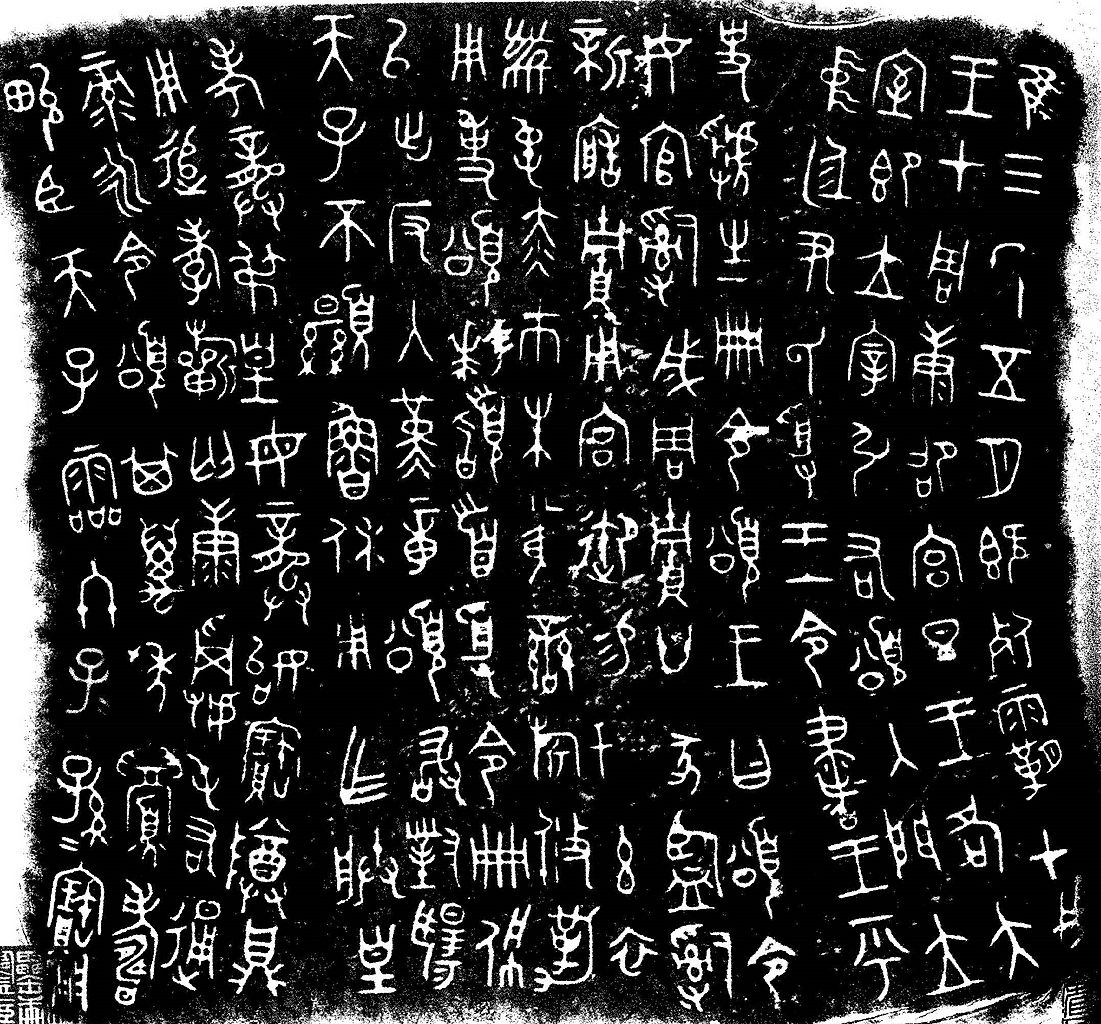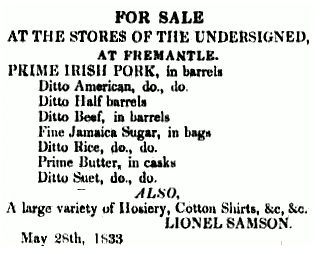Ditto mark facts for kids
Quick facts for kids ” |
|||||
|---|---|---|---|---|---|
|
English ditto mark
|
|||||
|
|||||
The ditto mark (”) is a typographic symbol indicating that the word(s) or figure(s) above it are to be repeated. For example:
| Black pens, box of twenty | ..... | $2.10 |
| Blue ” ” ” ” | ..... | $2.35 |
History
Early evidence of ditto marks can be seen on a cuneiform tablet of the Neo-Assyrian period (934–608 BCE) where two vertical marks are used in a table of synonyms to repeat text.
In China the corresponding historical mark was two horizontal lines (二), found in bronze script from the Zhou Dynasty, as in the example at right (circa 825 BCE). In script form this became 〻, and is now written as 々; see iteration mark.
The word ditto comes from the Tuscan language, where it is the past participle of the verb dire (to say), with the meaning of "said", as in the locution "the said story". The first recorded use of ditto with this meaning in English occurs in 1625.
Shape
The graphical shape of the ditto mark may vary according to different language uses. It is generally represented by a quotation mark pointing to the right. Therefore, it would be ” in English, » in French, „ in German, ╶‖╴ or » in Greek and so on.
See also
 In Spanish: Signo de ídem para niños
In Spanish: Signo de ídem para niños




